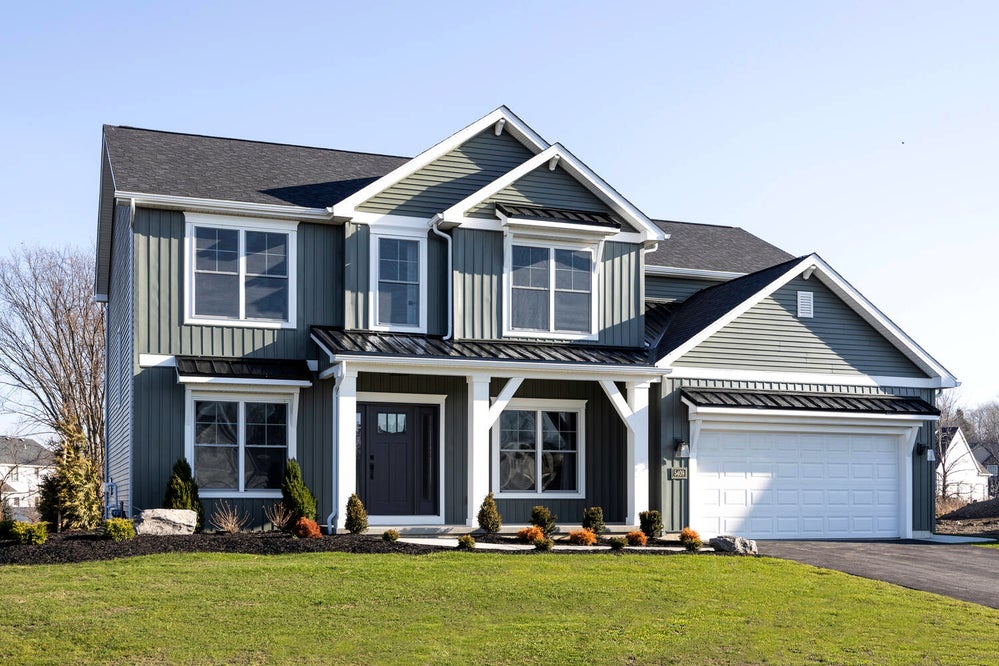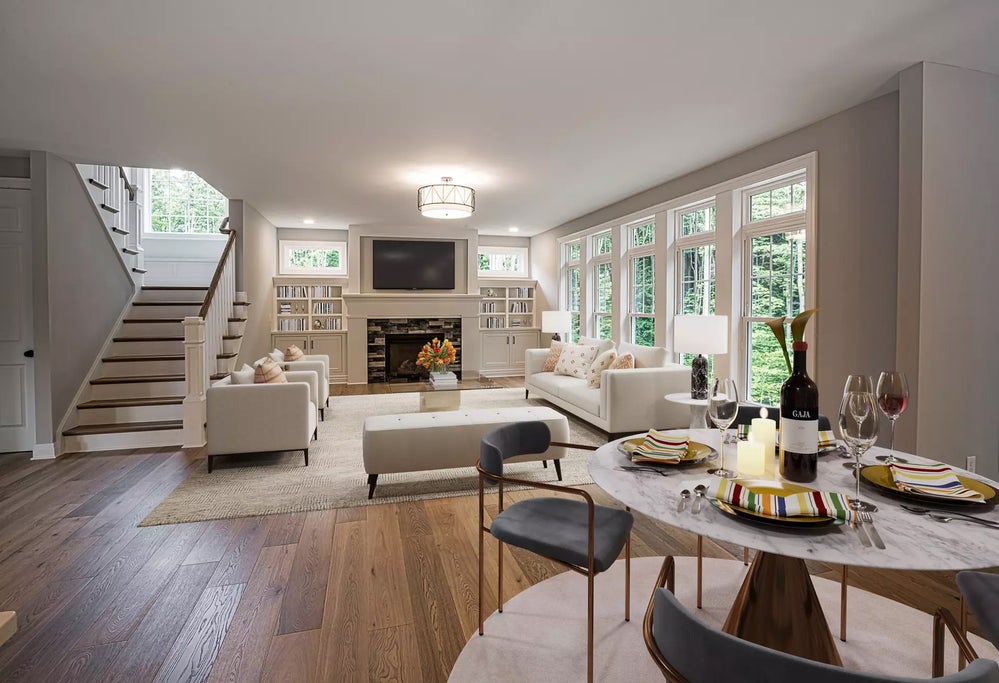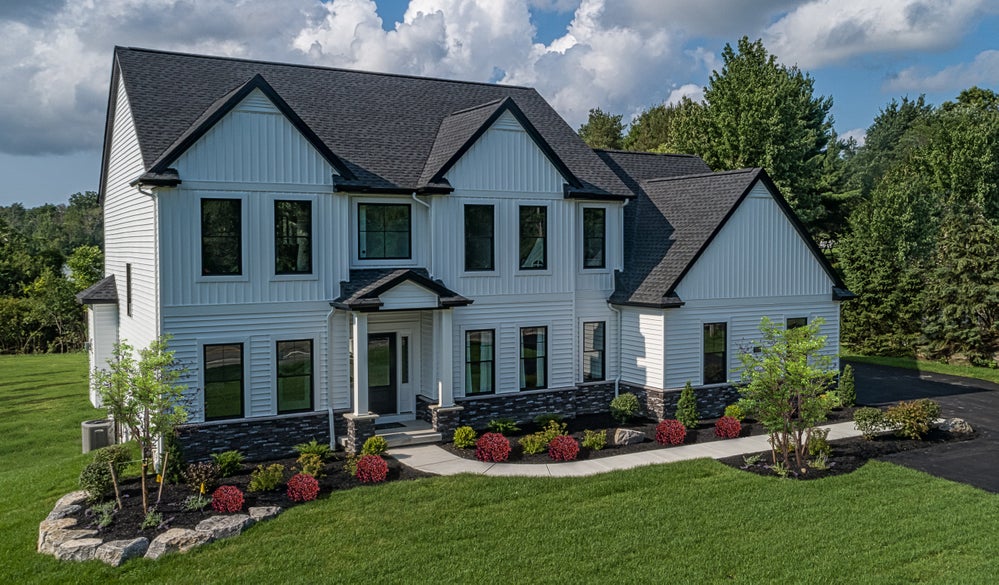Making Room: Spotlight on Dining Room Design

The open floor plan has prompted homeowners to rethink their dining rooms. While some homes have a formal dining room, daily meals frequently take place in the dining area adjacent to the kitchen. After all, the open concept was designed to allow people to stay connected, whether they’re in the kitchen, living room, or dining room. This month, our “Making Room” feature puts the spotlight on dining room design in an open floor plan, with decorating tips to help you create the space to match your taste.
Room, nook, or space?
What’s your idea of a dining room? Is it the formal space where you host holiday dinners and other special occasions? Do you have an active household where meals are casual and often on-the-go? What environment do you want when it’s mealtime?
Think about every function you envision for your dining room. For example, you might plan for both formal dinners and casual meals, a place to do homework, pay bills, and sort mail, and perhaps a workspace for your home office tasks. Once you’re clear about what you expect for this area, you can design the dining room with purpose.
Even with an open floor plan, you can create the style of dining room you want. It’s not the walls that define the space, but the way you fill and decorate the area.
Having a formal dining room doesn’t mean it can only be used on special occasions. Sure, you can use your elegant dining set and heirloom pieces. But follow your decorating style and make it more casual with the decor, like a table runner or cloth and a centerpiece. Add other touches that reflect your taste and style, like wall art, planters, and sculpture.
Conversely, you can change up your casual dining room to look festive and fancy with the right tablecloth, settings, and centerpiece. Use dining chair slipcovers to upscale that furniture.
An area rug presents an easy way to define the dining area in an open living area. Use this key accent to add color, pattern, and texture. Choose a shape that complements the shape of the space and your dining table. To make it easy to move the chairs to and from the table without stumbling over the edge of the rug, allow at least two feet beyond each side of the table—a total of four feet (at least) larger than both the width and length or diameter of your table.
Dining room design that measures up
When placing your furniture, keep in mind that the openness of the main living area should be reflected in the flow from room to room. Don’t crowd one space to enlarge another.
In the dining room, leave 36 to 42 inches between the edge of the table and a wall, buffet, hutch, or sideboard. If you have an area rug, be a bit more generous with the space so that you enable your home’s flooring to generously frame the area. Think about a photo with a wide mat; the broader border brings more attention to the image at the center.
The light fixture should be hung so that the bottom is approximately 30 inches above the tabletop. If you have a higher ceiling, move the light fixture up to 36 inches over the tabletop.
Forbes Capretto Homes builds executive homes in Western New York. Our portfolio of distinctive designs provides a broad selection of styles and features—each with our exceptional craftsmanship and attention to detail. Whether you’d like to explore living in one of our our luxury home communities or allow us to build on your property, let’s talk about the next step toward achieving your dream.
The post Making Room: Spotlight on Dining Room Design appeared first on Forbes Capretto Homes.



